Controls:
-VTOL to rotate body
-Pitch to control machine gun turrets
-Trim to angle main cannons, miniguns, and rocket pods
-Throttle to walk
-Credit to MrMecha for the legs
History: The Starling Industries E.X.O-2MAW (Military Advanced Walker) was designed in 2231 to combat the rising tensions between East and West European countries. It went into active service in 2235 and would not be resigned until 2296, with multiple variations still being used by smaller NATO countries and US states in their reserve armies. Used primarily by the German Army, Polish Army, French Army and Marines, the Royal British Army, and the Belgian Army. The E.X.O-2MAW could neutralize tanks and small convoys easily and were even deadlier in packs of three or four. These war machines were so legendary that there were unconfirmed reports of two of them wiping out most of the Russian naval forces in Finland in one day without the need for orders. Starling Industries decided to have the mechanical "minds" of the E.X.O-2MAWs be semi-sentient, meaning that in a combat situation they make their own decisions, but still follow their orders (they really just find different ways to complete the orders while minimalising civilian and friendly casualties). They required no pilots, therefore there was no risk of human error or death. Sometime after the mechs were pulled from active service and shut down, sightings occurred where civilians either heard or saw several of these "rogue" robots sneaking around at night in West European countries, meaning that those robots developed enough sentience to break free of their orders to shut down.
Specifications
General Characteristics
- Successors 5 airplane(s) +7 bonus
- Created On iOS
- Wingspan 43.6ft (13.3m)
- Length 31.2ft (9.5m)
- Height 23.3ft (7.1m)
- Empty Weight 31,911lbs (14,474kg)
- Loaded Weight 71,793lbs (32,564kg)
Performance
- Wing Loading 66,698.3lbs/ft2 (325,649.8kg/m2)
- Wing Area 1.1ft2 (0.1m2)
- Drag Points 16032
Parts
- Number of Parts 276
- Control Surfaces 0
- Performance Cost 802

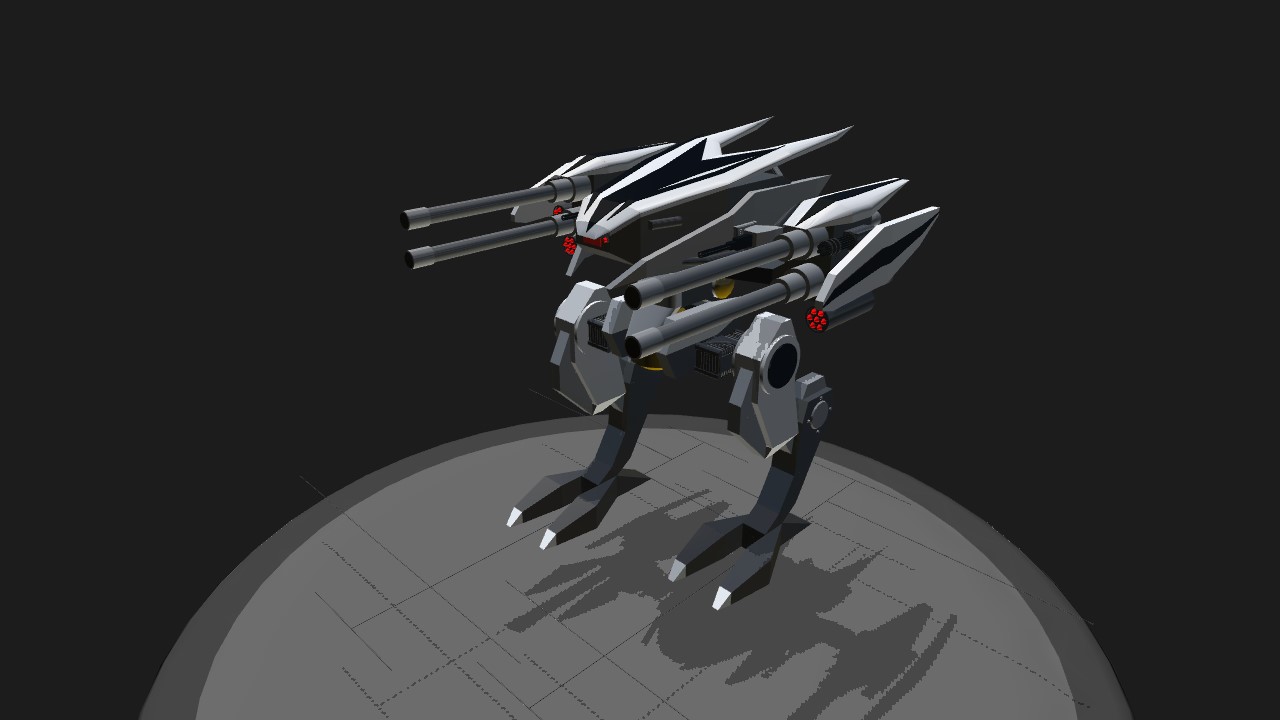
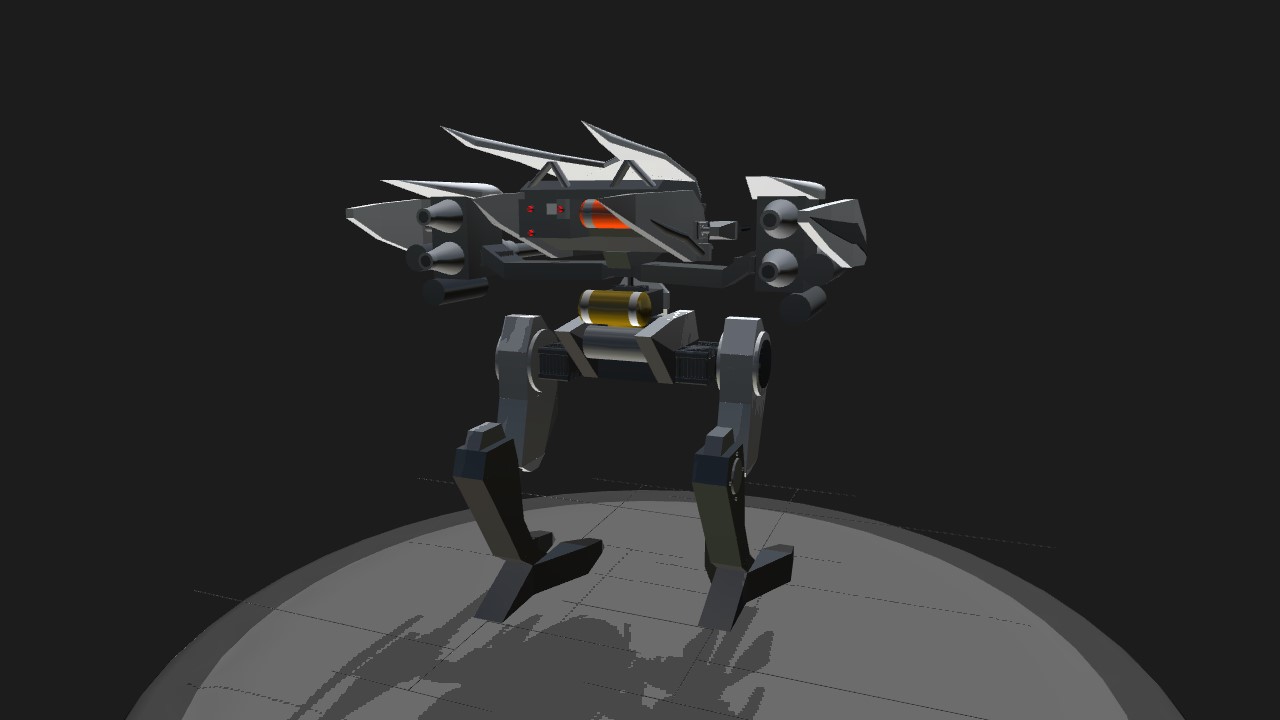
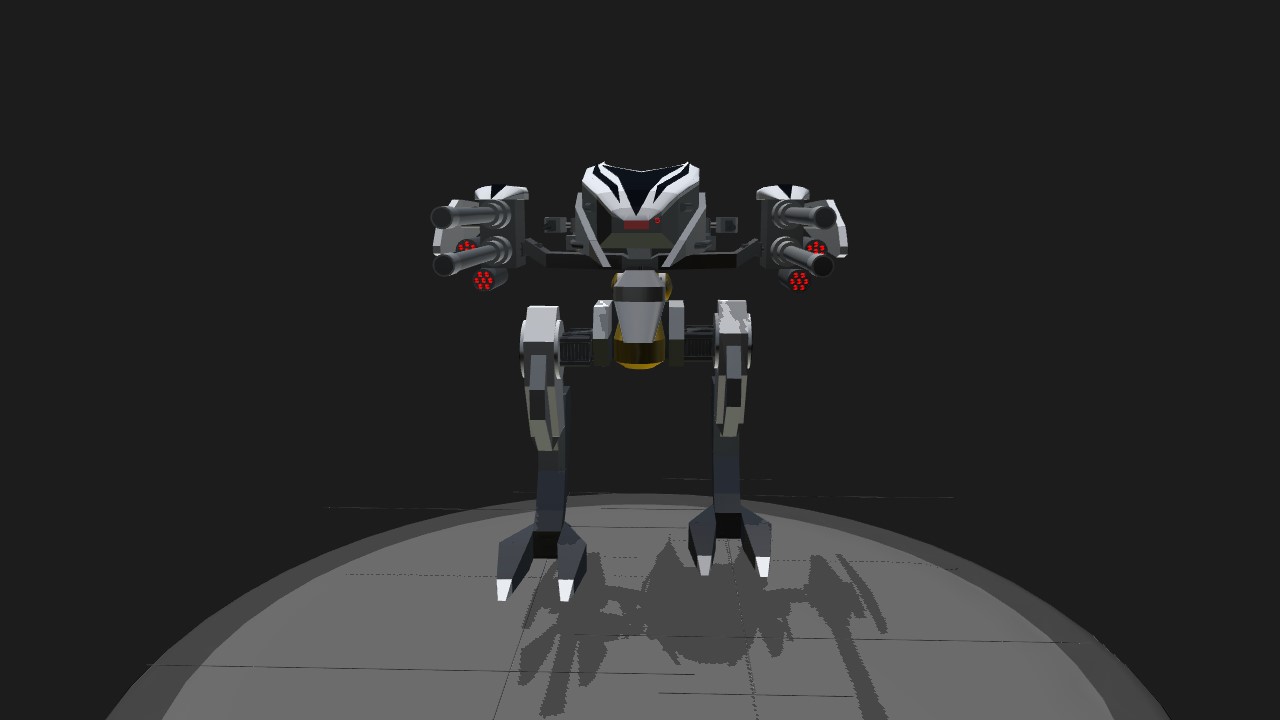
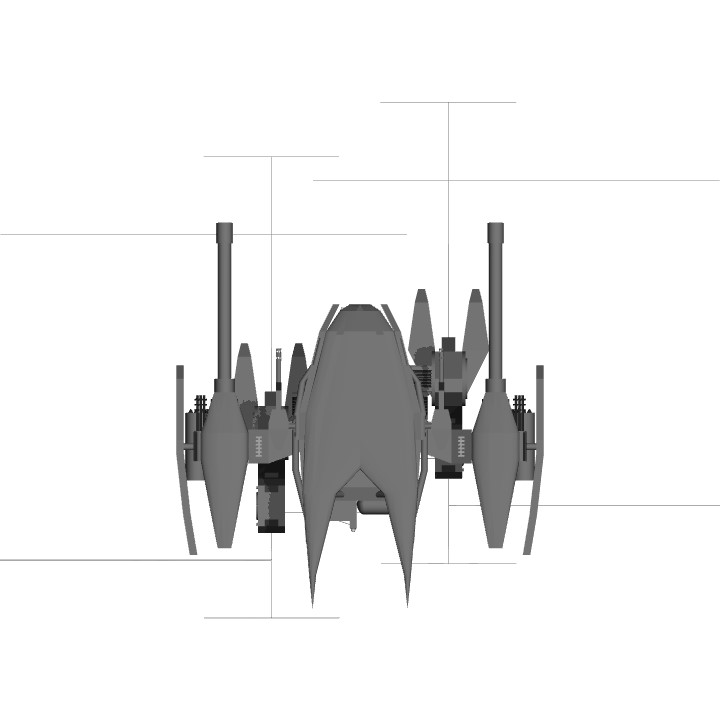
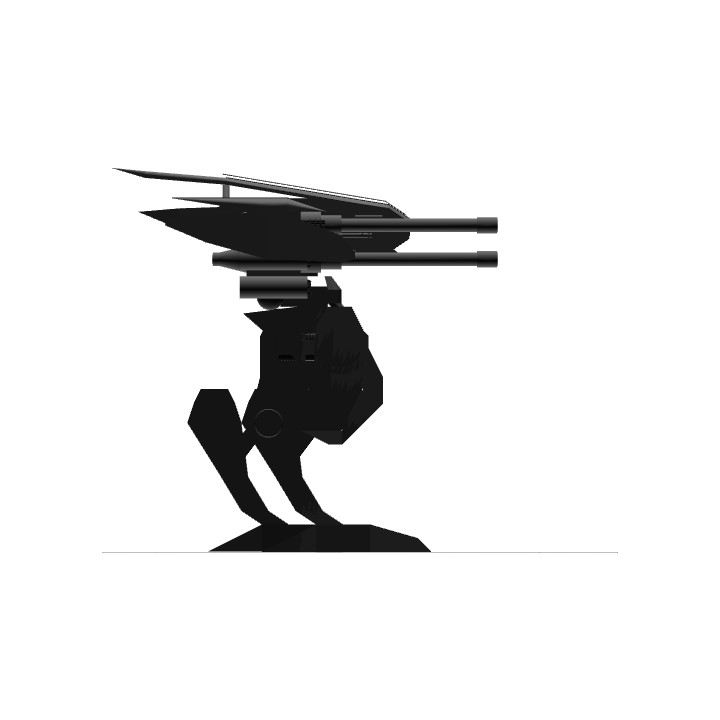
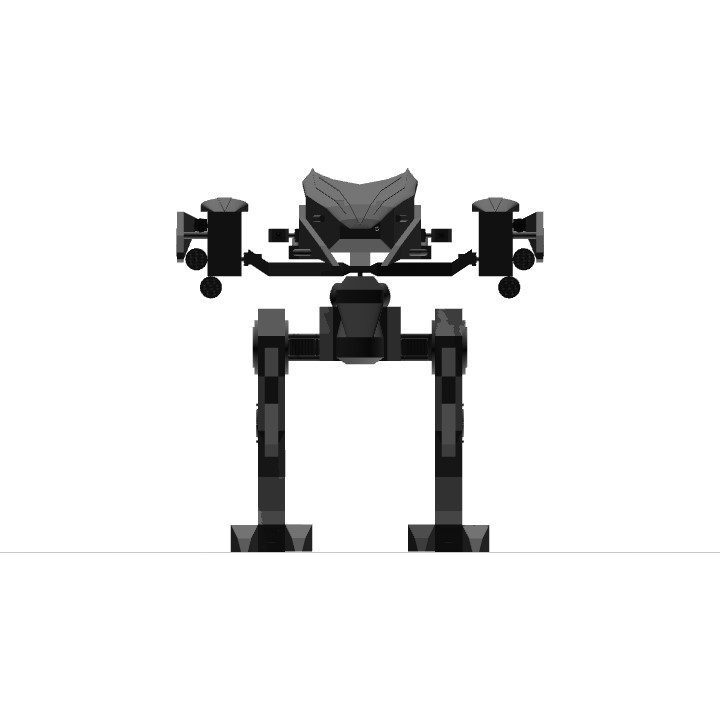
I'll have to look that up @Killjoy543
I'll see what I can do @DeezDucks
Please make a Kataprakt from Aldnoah.Zero! :D
Awesome! The description sounds like a WIP movie script.
Don't tell me what to do 😁